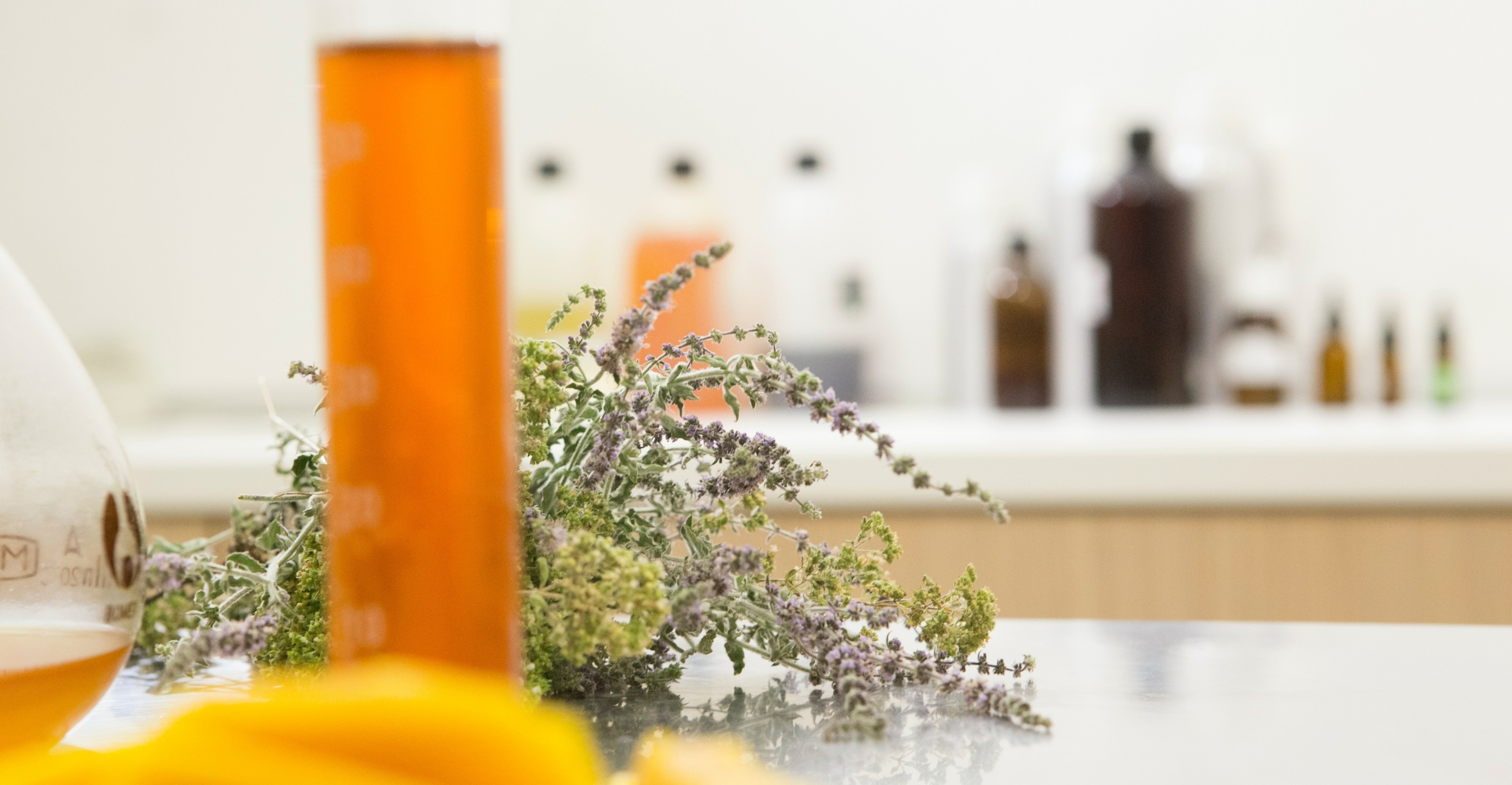How does plant extraction works?

The plant extraction principle involves the isolation of specific components found in plants. In order to do this, the plant is placed in contact with a fluid, called a solvent, in which the plant components marinate.
In the areas of healthcare, beauty and nutrition this process is crucial as it helps to extract the active molecules present in the plant and to concentrate them.
There are several extraction methods, from which different types of extracts will emerge. This section focuses on the different extraction techniques and conservation methods.
What are the main techniques of plant extraction?
The plant extraction principle is not new… In fact, human beings have developed and implemented extraction methods from plants. The most traditional processes were used to extract aromas, perfumes and pigments.
Today, plant extraction is considered as a genuine know-how. As a matter of fact, the scientists are now developing precise techniques, which are adapted to the plant, in order to extract pure plant extracts with a significant concentration of active molecules.
Some extraction processes used to produce plant extracts include:
- Maceration: Maceration is a process that entails soaking plants in water. The plant material is soaked for some time, after which it is filtered out from the plant extract-laden water. Subsequently, the collected liquid is heated and cooled. This process is repeated until all required compounds are extracted from the raw materials.
- Decoction or reflux: Decoction is an extraction technique by boiling the active substances present in herbs and other plants (stems, roots, bark, etc.).
- Digestion: Digestion is a hot maceration; in other words, the contact phase is maintained at a lower temperature than its boiling point.
- Infusion: the boiling solvent is poured onto the solid and then left to cool for a given time.
- Leaching or percolation: During the plant percolation, the solvent passes slowly through the biomass to extract the soluble compounds of the plant.
How to conserve a plant extract?
Conservation and storage of plant extracts are very significant as it determines the stability and quality of the final extract.
Freeze-drying is one of the most widely used conservation methods. Freeze-drying, also known as cryodessiccation, provides better conservation and easier transportation of cosmetic products. In which way? Vacuum dehydration of various products at low temperature.
In addition, there are other conservation methods:
- Product placed in an inert atmosphere
- Cold storage
…
What are the main properties of plant extracts?
Plant extracts have numerous properties due to the diversity of their active compounds:
- Antioxidants: Plant extracts may be rich in antioxidants, substances that protect cells against oxidation caused by many external factors (UV, pollution…)
- Anti-inflammatory: Plant extracts are capable of reducing inflammation in the body.
- Antimicrobial: Plant extracts eliminate or inhibit the growth of microorganisms such as bacteria, viruses and fungi by virtue of their antimicrobial properties.
- Antispasmodic: Plant extracts with antispasmodic properties help reduce muscle spasms.
- Vasodilators: Plant extracts contain vasodilator properties, which means that they can dilate blood vessels and improve blood circulation.
Plants extracts have a multitude of properties that are used in many fields. As a matter of fact, they are frequently used in herbal medicine, but they are also used in the health, beauty and nutrition sectors.